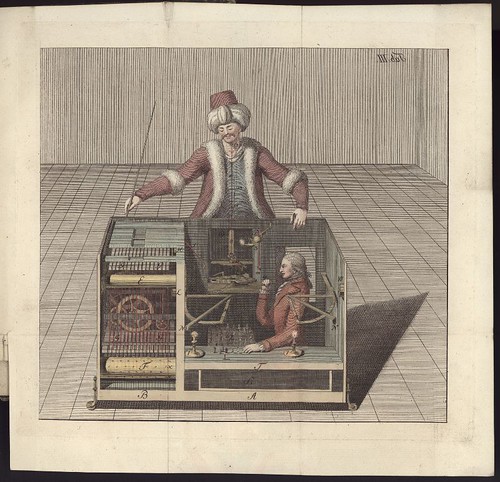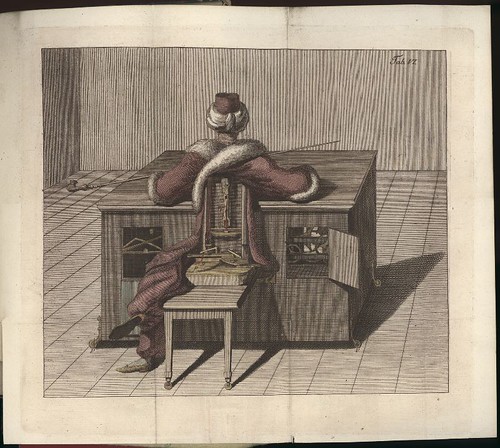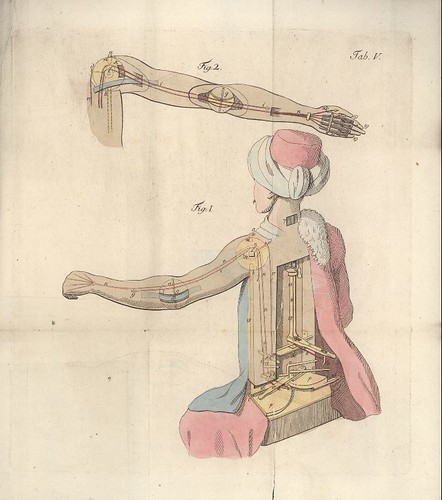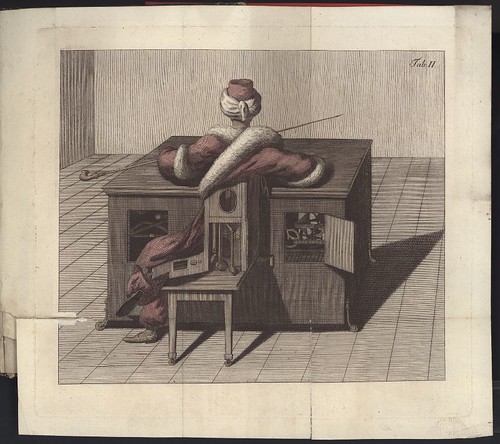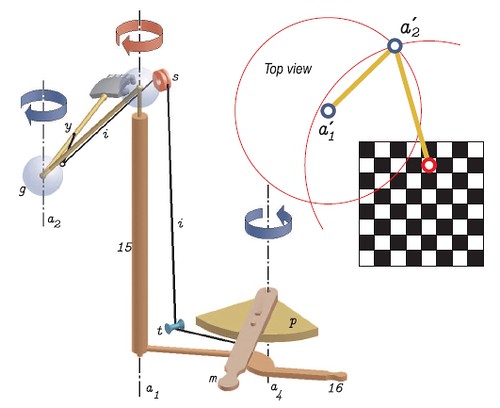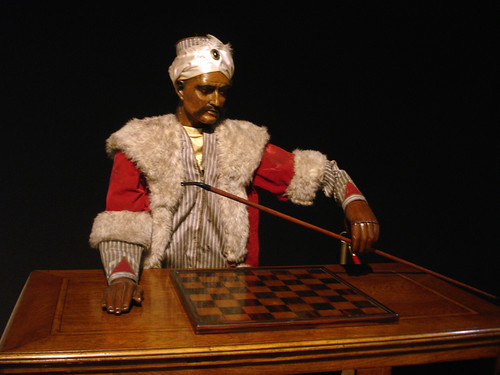30 planches coloriées à la Main' by Henri Gillet, 1922 at NYPL
Art Deco pochoir prints {all cleaned up a bit}. Happy New Year! Previously.
Books~~Illustrations~~Science~~History~~Visual Materia Obscura~~Eclectic Bookart.
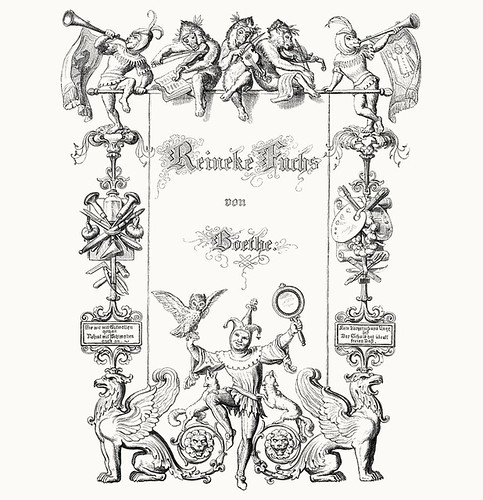
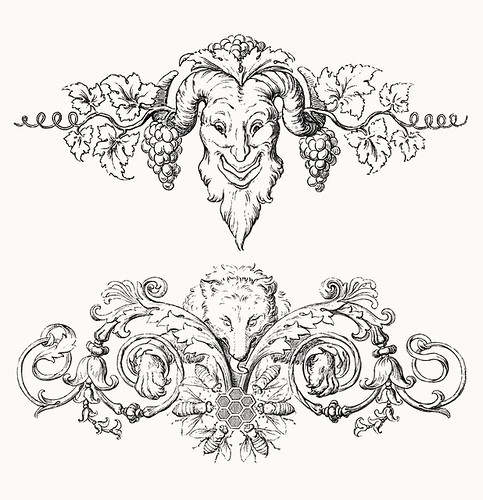

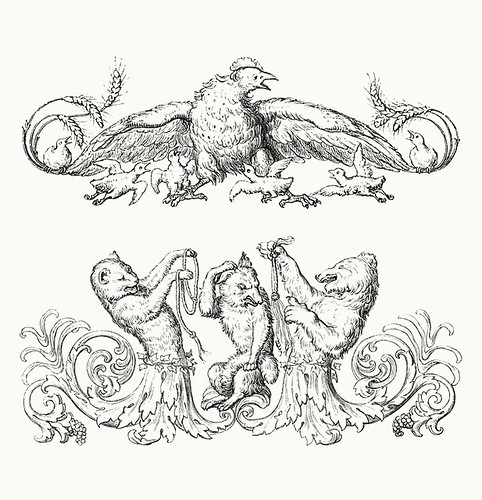
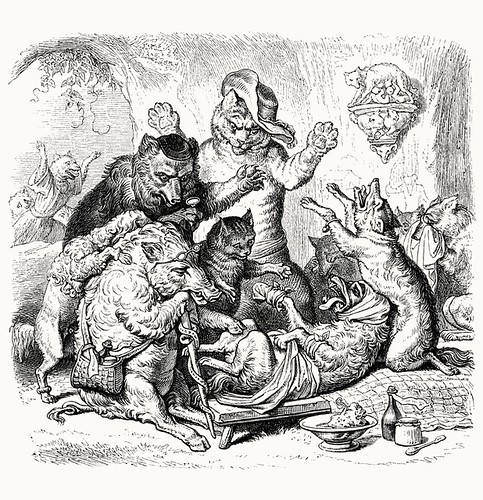
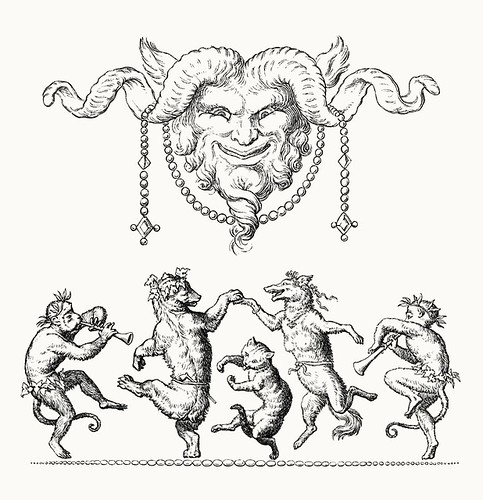
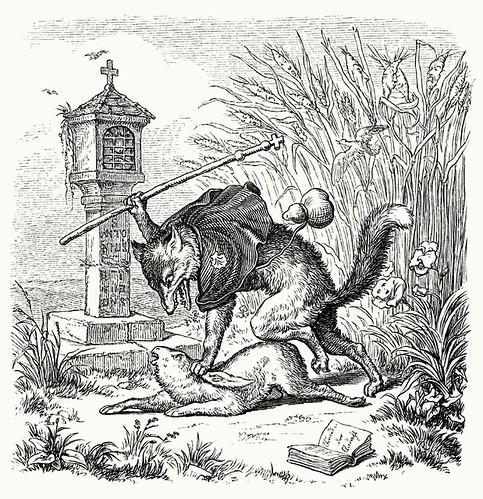

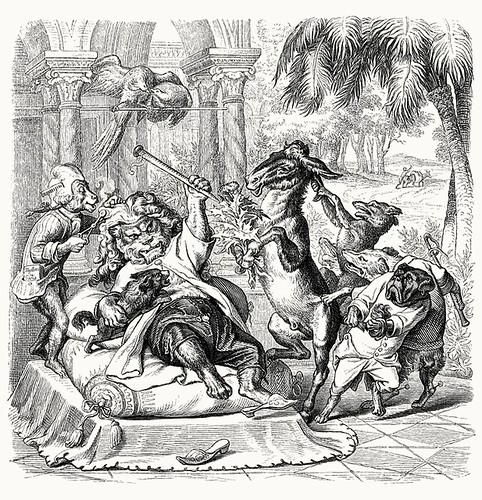
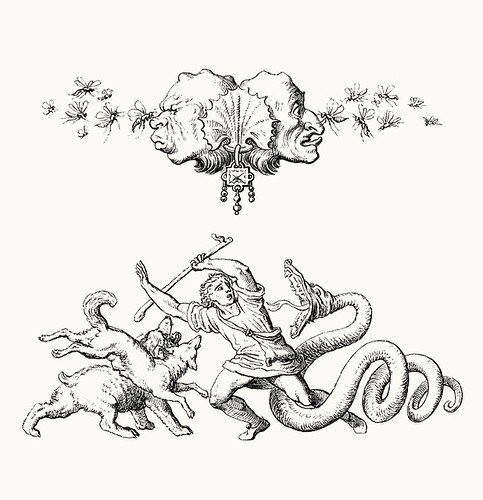

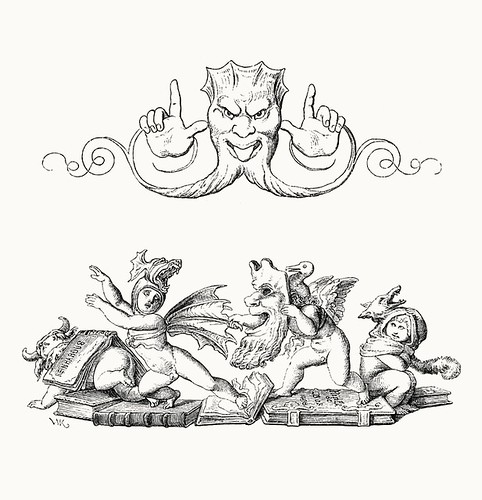
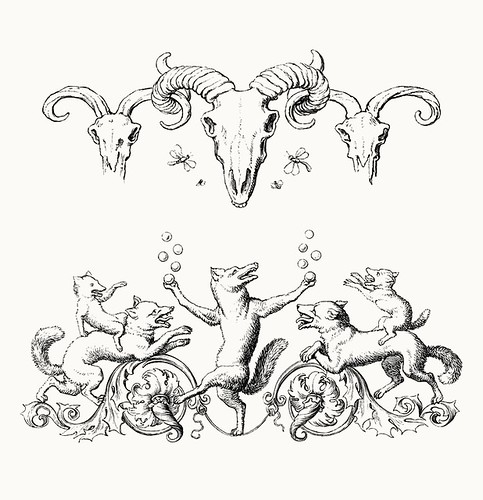
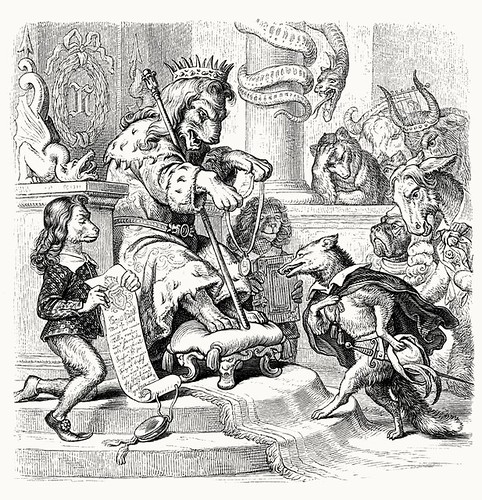
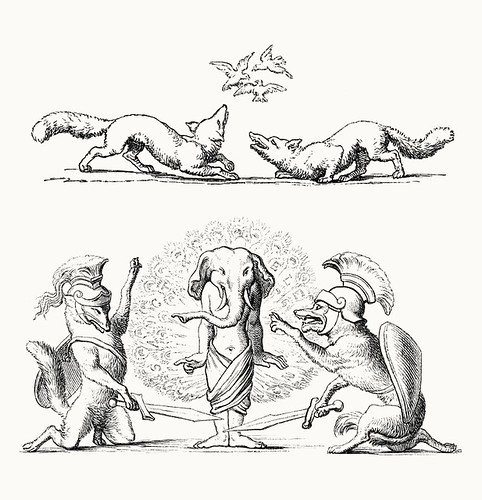
With roots stretching back to Aesop's Fables and the oral folk tradition, the allegorical tales of Reynard the Fox ('Reineke Fuchs') emerged in the 12th century as a storytelling convention, becoming conspicuously popular in Germany, France and Holland.
One of the common structural themes around which the assorted tales frequently revolved has the rogue hero Reynard outwitting a royal court when he is brought up on charges laid by other forest animals. Recurring characters include the wily Reynard, King Noble the lion, Isengrim the wolf, Bruin the bear, Baldwin the ass and Tibert (Tybalt) the cat.
Always humorous, often in verse form, the assortment of fables satirised the contemporary societies in which they were developed, resulting in "the subversion of certain kinds of serious literature, of political and religious institutions and practices, of scholarly argument and moralizing, and of popular beliefs and customs". The shameless and self-serving fox emerges as the peasant hero with his display of contempt for the upper classes. The anthropomorphic animals in the stories could of course be adjusted to symbolise real political or clerical figures or broad allegorical concepts to fit the prevailing mood as desired.
Germany's great writer, Wolfgang von Goethe, adapted a medieval version of Reynard the Fox to produce an epic poem in hexameter in 1794 - 'Reinecke Fuchs' - which is thought to have been influenced by the events of the French Revolution. German artist Wilhelm von Kaulbach produced an elaborate set of steel engravings in the 1840s (therefore, interestingly, he was a contemporary of JJ Grandville**) which were first published in the 1846 edition of 'Reinecke Fuchs'. The images above are derived from an 1857 facsimile edition. I can't imagine this was intended as a childrens book - there is some bawdy and fairly sophisticated imagery present, but maybe it's just my modern perspective/expectations and this was actually good and proper fare for a 19th century child (?).
**Brief searches revealed that a combined book of Grandville's classic 19th century anthropomorphic satire 'Les Metamorphoses du Jour' and Kaulbach's 'Reinecke Fuchs' series of illustrations was published at one stage. There was no indication that the two had met and I think that Kaulbach was the more famous artist, at least during the 1840s. [Grandville]
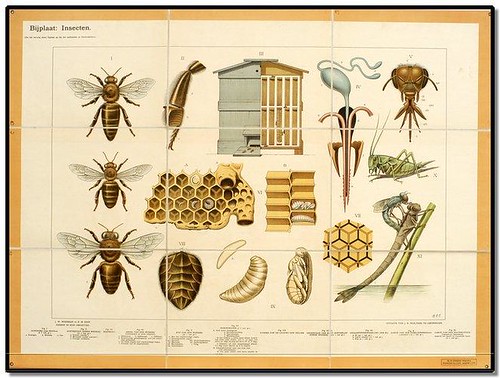
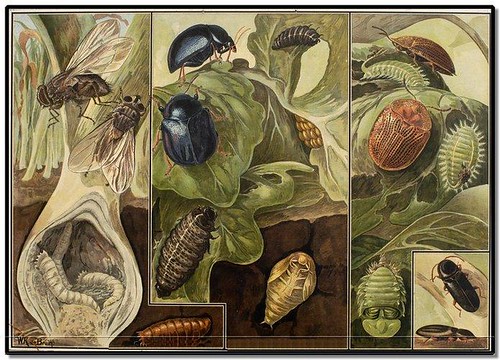
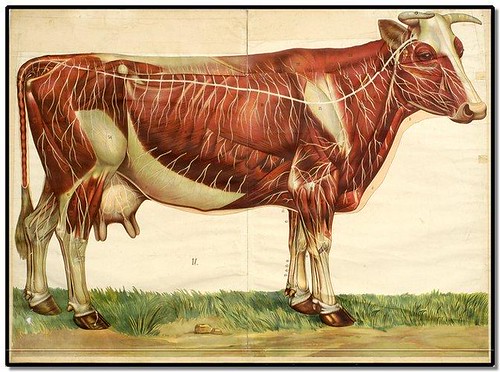
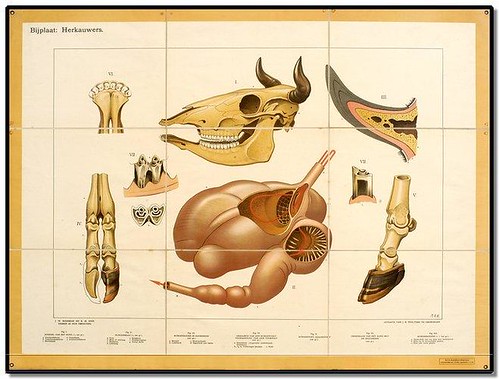
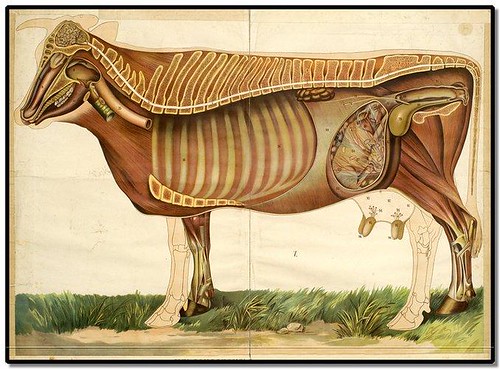

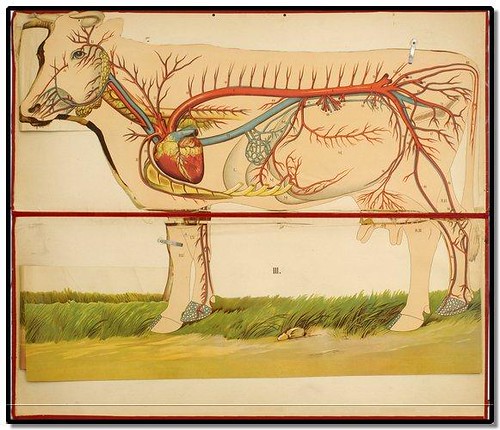
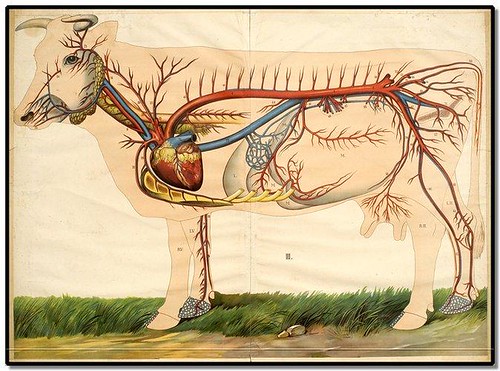


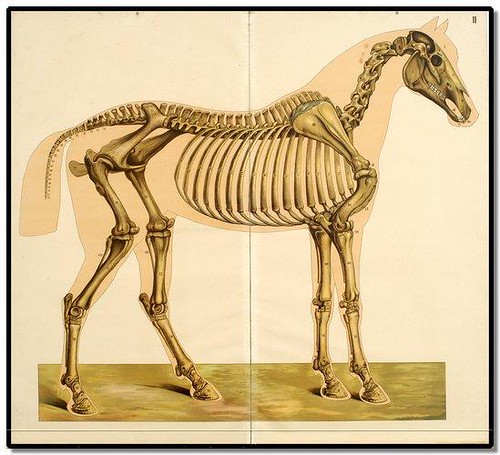

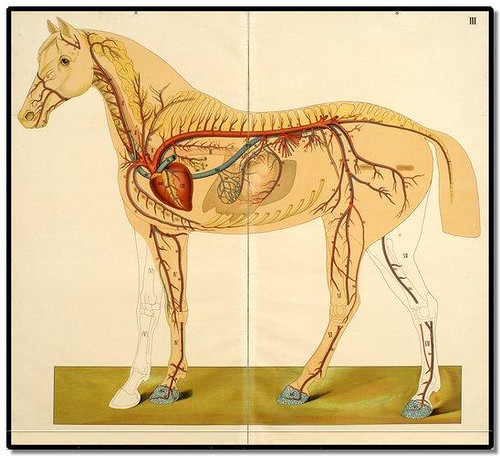
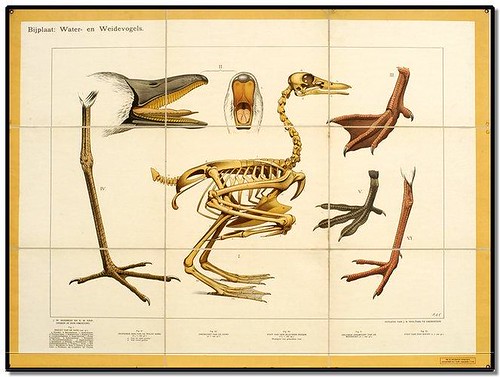
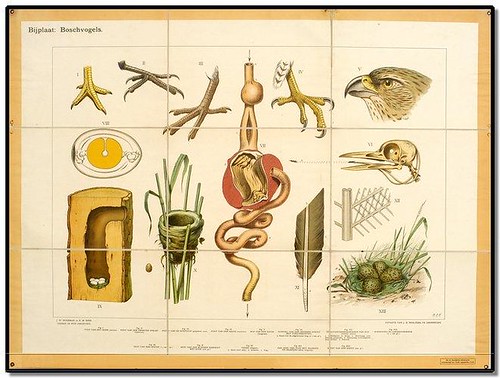
The images above [sans watermarking] are from:
--H.M. Kroon: 'De koe : groot model (half levensgroot)' [1912?] {cow}
--E.A. Quadekker: 'Het paard : groot model (half levensgroot)' [1910?] {horse}
--Zoological and entomological wallcharts : varia. [1900-1950?]
These are among the Historic Biology and Animal Science Online collection from the Special Collections at Wangeningen UR Digital Library in Holland.
Previously:
*Dutch Botanical Wall Charts 1870-1960
*Old German Zoological Charts
*19th Century Science Wall Charts
"Tis a deception! granted, but such a one as does honour to human nature;
a deception more beautiful, more surprising, more astonishing, than any
to be met with in the different accounts of mathematical recreations."
[Karl Gottlieb von Windisch 1784]
